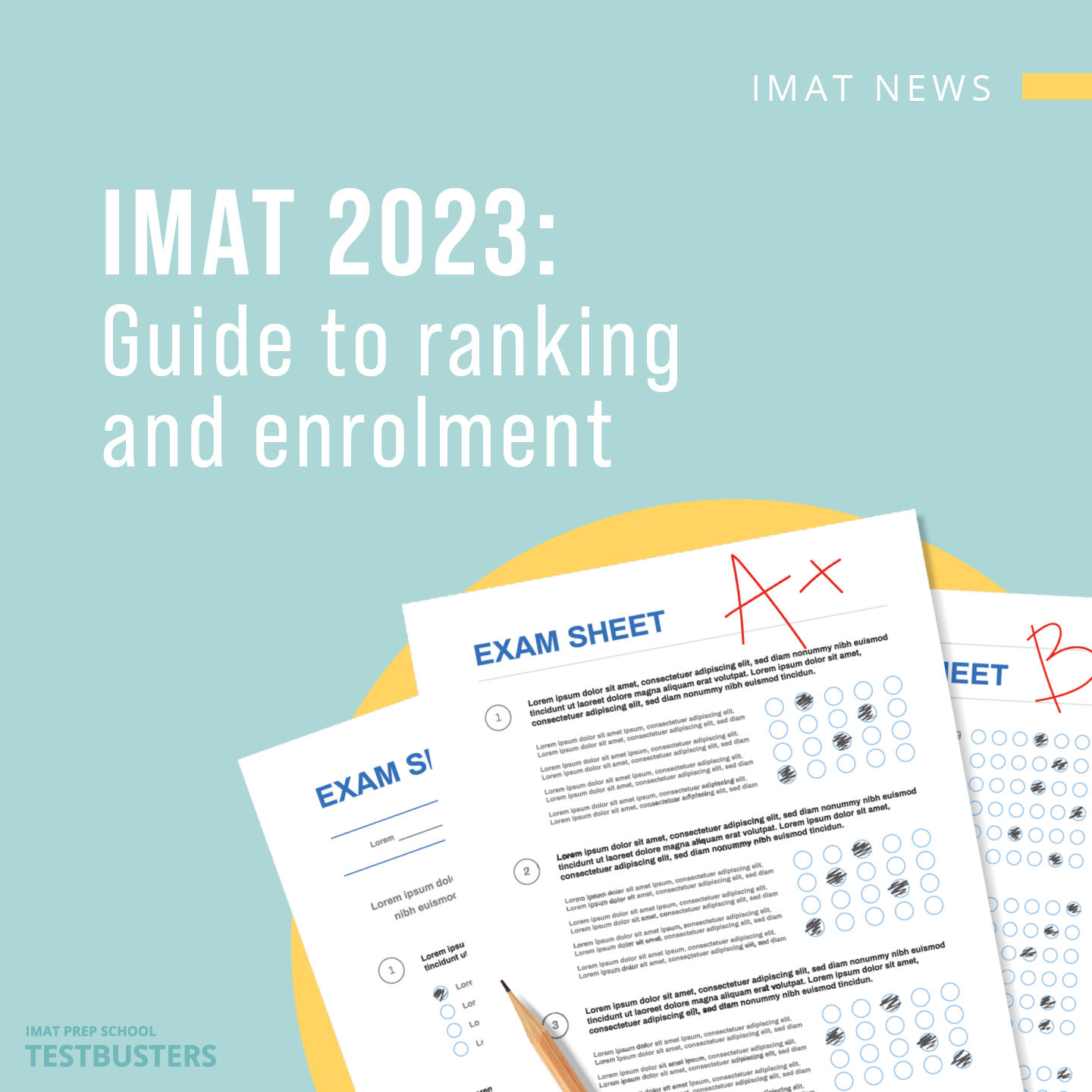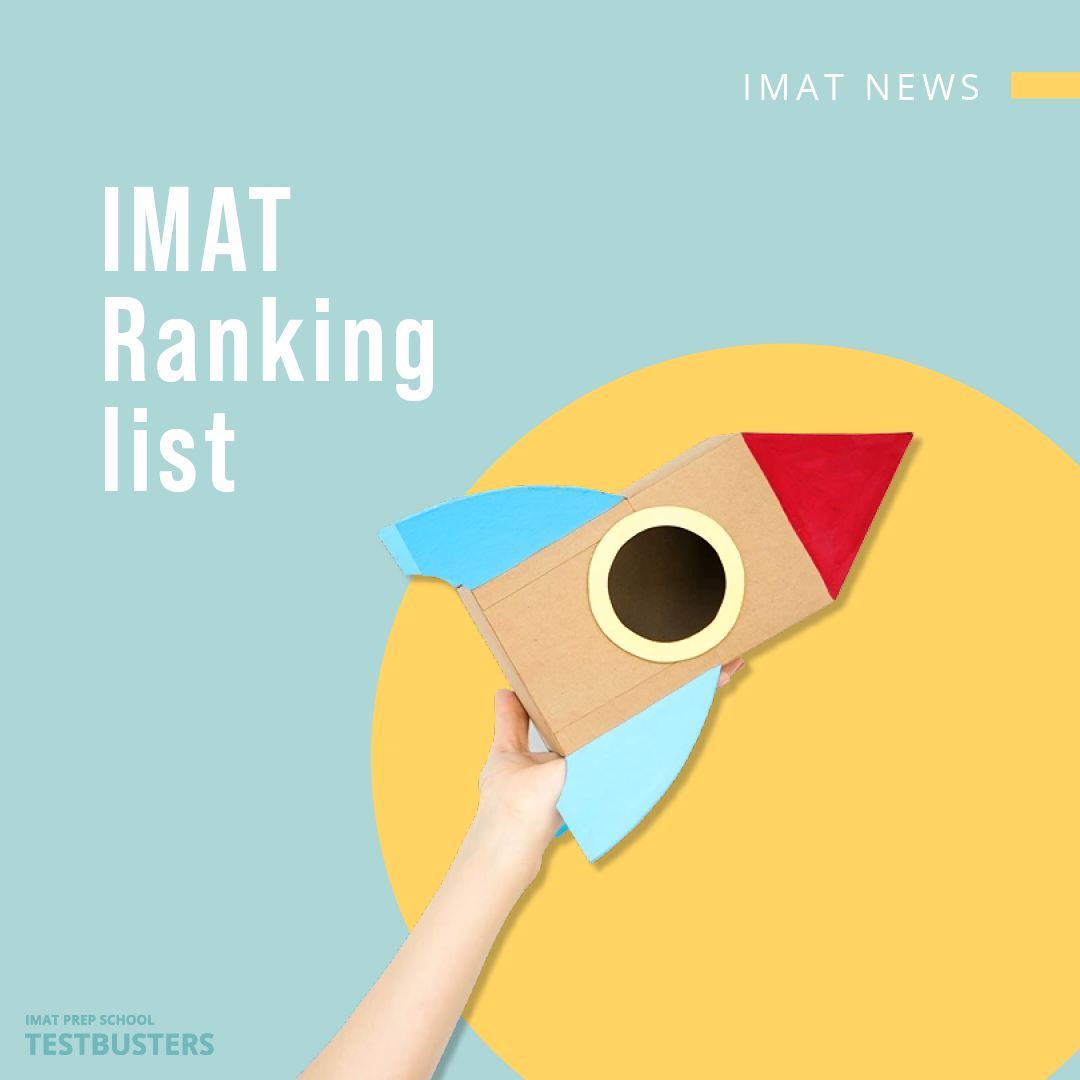June is just around the corner, and you are about to face a very special moment in your life: graduation. However, something else begins to occupy your mind: the International Medical Admission Test, aka IMAT.
Sure, you probably never really forgot about it, but with Finals approaching, you likely set aside your worries about IMAT for just a minute. Nevertheless, the time has come for you to finally figure out how to deal with it and look for the most suitable study method that will allow you to best take advantage of the time you have and not waste precious energies. Remember: not only will you need to study for this test, but the right strategy is also required.
Bearing in mind that a study method is only effective and productive as much as it is your own, here are some useful tips you might take inspiration from.
Tips
“What should I study? Where should I study from? And how?”, these are the queries to begin with.
First things first, you’ll need to download the ministerial syllabus and identify what subjects and topics are required. During this phase, as well as throughout all your preparation, honesty is key. You’ll need to make a self-evaluation of your base knowledge, in order to know what to focus your studies on: this is critical for an efficient study method and taking a test simulation beforehand will help you better figure out where to start.
You will come to know that a focused summer study will raise your starting score of approximately 15 points.
What you’ll need to do next is gather the material you’ll study from. It may seem obvious, but this is a key point, too, and once you enroll in University, you’ll see firsthand how this step is (almost) the hardest. Perhaps, you’ve never had to choose where to study from in High School. You’re most likely used to having a school text book that represents the one and only source of your knowledge, and the idea that this won’t be the case for IMAT might make you shake in your boots.
Don’t panic, though: what ultimately matters is to be prepared, in spite of what you used to prepare. You can either purchase a textbook to help you study or even brush-up what you learned from your High School textbooks (unless too dispersive) or resort to the dear beloved Web (but be careful with the sources).
At this point, all that’s left to do is organising your studying. Bear in mind that the IMAT, just like the majority of admission tests, is a proficiency exam, more than just an examination of your knowledge. Thus, despite theoretical knowledge being necessary, the practice phase of your preparation surely weighs more. It comes down to your own personal starting preparation, then, to decide how much time to devote to one phase or the other: if you just graduated High School with flying colours in scientific subjects, you’ll probably need more to practice rather than study. On the other hand, if you happened to have struggled with these subjects during High School, you’ll likely have to go through them again before diving into practice. It might also help to deal with one topic at a time and take quizzes right after studying: this will allow you to test what you’ve just learned and let it set in your memory.
One more thing to pay attention to are exercise books with answers: part of your learning will inevitably come from making mistakes and knowing why an answer is wrong makes taking a quiz even more helpful. As a matter of fact, it’s important to correct your answers and be honest about your results: you’d rather make mistakes (and learn) during your simulations than during the admission test!
Taking quizzes must become an automatism and you’ll need to transform yourself, throughout the summer, in a test “machine”. This will provide you with a series of benefits. First of all, when the day comes you will be aware of what awaits you, and this will allow you to deal with anxiety, that certainly isn’t a desired companion and that can only be controlled through practice. Knowing an easy quiz (which will provide you with some easy points) from a difficult one (which presumably will be difficult for everyone) is another skill you’ll acquire.
Lastly, being familiar with the types of quizzes you’ll run into will allow you to make the best of your time, which, you know, is never enough. You might be wondering whether you’ll benefit from taking test simulations in this delicate balance between theory and practice. The answer is obviously yes: a simulation, be it brand new or a past admission test (as long as similar to the test you’ll take), is a useful tool to test yourself. Since the official tests aren’t that many, however, it’s important to be smart about using them, saving them for the days before the test instead of wasting them when your preparation isn’t as solid, since you wouldn’t be able to benefit as much from them.
Advice
Don’t forget to time yourself during your simulations and to use a blank paper to copy your answers on: this will take you up to ten minutes during the IMAT!
Here’s another useful tip: try and simulate completely the environment you’ll find yourself in during the test. Try not to peak at your textbooks and avoid using a calculator and the periodic table of chemical elements.
Throughout this journey, motivation will be your best support! Don’t ever lose it, even if your first scores aren’t as high as you’d hope. What really matters is to never give up hope and aim for the stars! The test is a challenge for every student, but you’ll have to be better than the others.
Still, don’t forget there’s much more to life and taking the test only means giving yourself the chance to become a doctor, but if you’re determined and believe this is your path, then don’t stray from it: think of a plan B and then try again. And don’t be intimidated by what people might think if you won’t pass at your first try.



